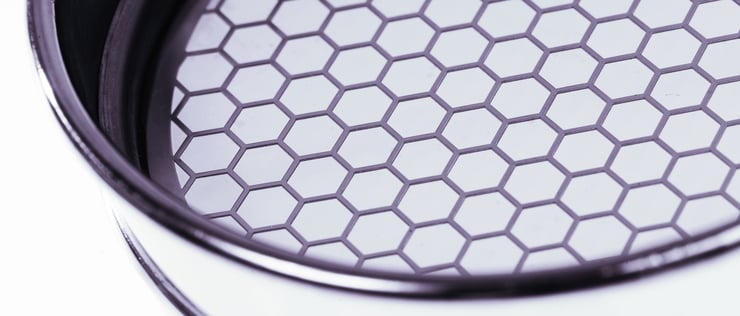Cost reduction with additive manufacturing
Aug 31, 2016 10:00:00 AM By Maarten NijlandMicro manufacturing is a big challenge for many industries. Metal parts need to get smaller by the day, yet stay ultra precise. Your technology of choice will have consequences on the production costs and lead time. Good research is essential. What role does additive manufacturing play from a cost perspective? In this blog, I aim to answer the question how cost reduction with additive manufacturing can be achieved.
In fact, additive manufacturing can enable cost reduction in various ways, which are listed below.
Low cost sampling and design freedom
Design engineers have a lot of freedom with additive manufacturing. In other manufacturing processes such as milling, the production costs are closely linked to the complexity of the part. Additive manufacturing is perfectly suitable for low cost production as well as small and (very) large series, because the complexity of the part has limited or no effect on the manufacturing time and costs. Design changes can be implemented quickly and are also at low cost.
Accelerate lead time
In every single high precision metal process, a mold (in some industries referred to as a die or a mandrel) needs to be made. The time and costs to create this mold vary per technology.
In stamping, for example, a die may take up to months to build. In CNC Punching, a die is available within days to weeks. On the contrary, a mandrel that is used for electroforming can be produced within hours. Needless to say, reducing the lead time from several months to several days will reduce costs significantly.

Less waste of material
Unlike subtractive methods like chemical etching, metal objects are built up atom by atom when using additive manufacturing. As a consequence, you use almost every piece of metal, with almost zero waste of material. Reducing material wastage, is one very direct way to enable cost reduction with additive manufacturing.
Reduce assembly costs
In additive manufacturing, the complex form of component parts can be a single piece. It may replace something that is currently - with conventional high precision metal forming techniques - an assembly of multiple pieces. All the extra features that are required for the assembly, such as fasteners, brazing or welding, can be eliminated when using additive manufacturing.
Cheap mold-making from a CAD file with a Laser Direct Imager
Some manufacturing companies use a Laser Direct Imager to create molds for production. Not many companies in Europe use an LDI, but due to the great cost reductions that can be made it is worth mentioning here.
How does the LDI work? In electroforming, the mandrel is made with photolithography, which is the technical term for applying a geometric pattern to a sensitive resist on a substrate by the means of light. Usually, this is done by placing a mask on a photoresist layer and exposing light to the entire mask. Production costs for this glass mask can be approx. 5000 dollar. The Laser Direct Imager is capable of projecting images directly from a CAD file, with sub-micrometer resolution! In other words, photomasks have become redundant with the Laser Direct Imager, significantly reducing costs and lead time.
Note: photolithography is also applied in the chemical etching process, which is a subtractive method. In this blog, we focus at the electroforming process - an additive manufacturing method.
Electroforming: a highly cost-effective additive manufacturing method
One of the ways to achieve cost reduction with manufacturing is through electroforming. It is one of many established additive manufacturing processes where ultra high precision metal parts can be created.
The electroforming process also allows precise duplication of the mold. The high resolution of the conductive patterned substrate allows finer geometries, tighter tolerances and superior edge definition. This leads to perfect process control, high quality production and very high repeatability. Therefore, electroforming is directly linked to high volumes and low production costs.

